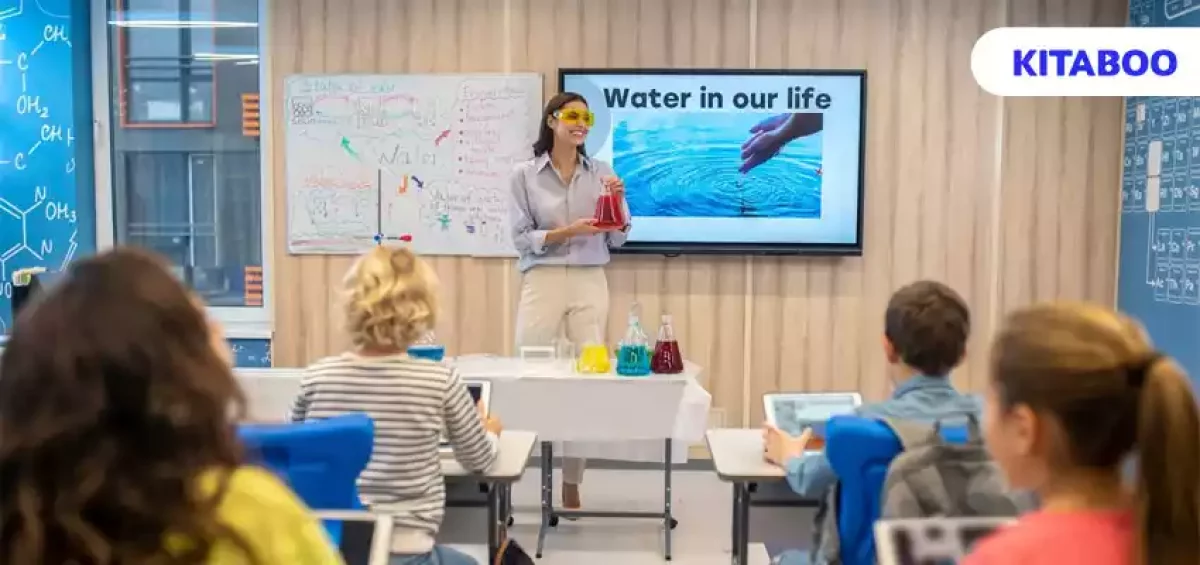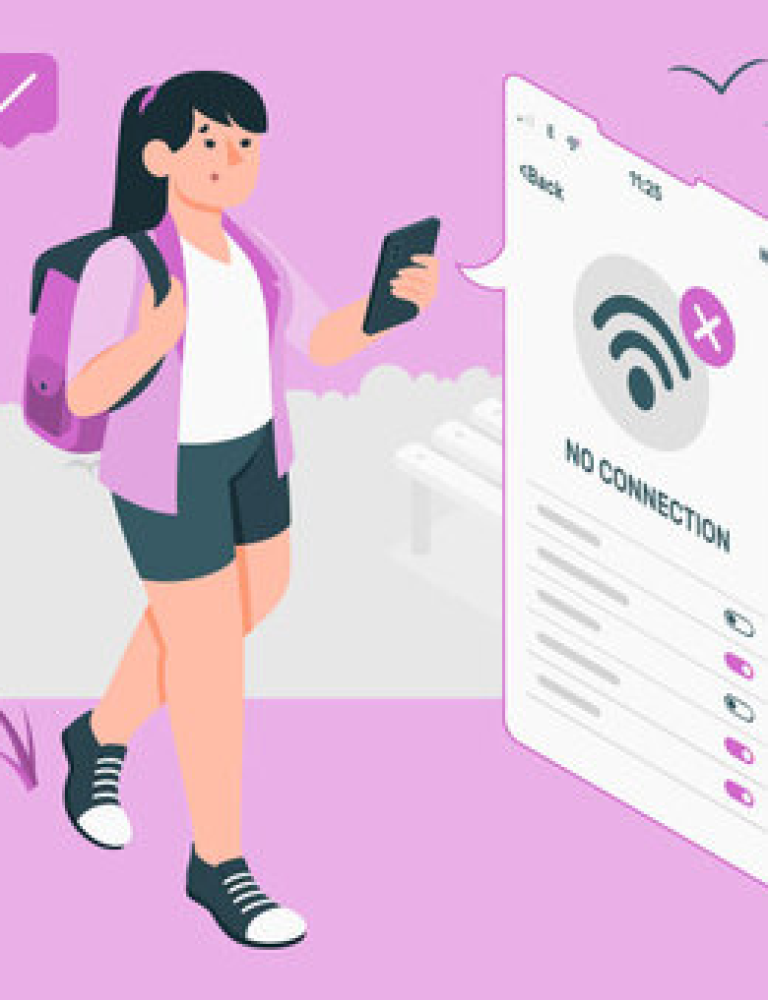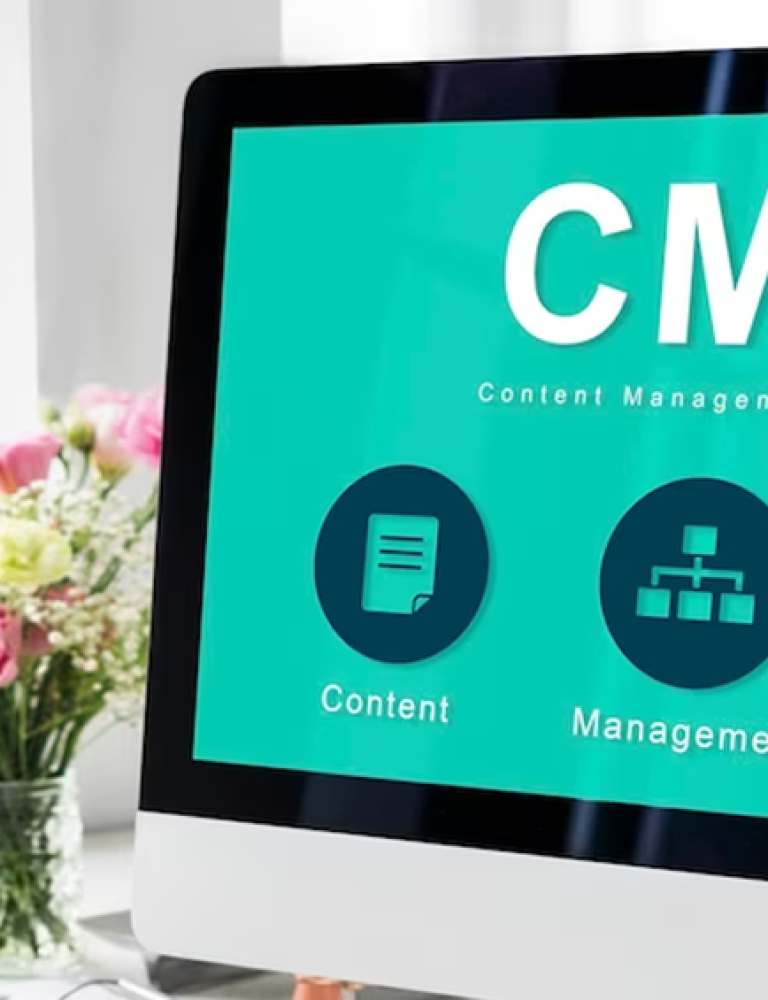In this technologically advanced world, where global industries are adopting contemporary working styles, the field of education must also be modernized. Creating a K12 classroom suitable for modern-day teaching practices means offering a learning environment designed to align with contemporary educational philosophies, methodologies, and technologies across all grades from kindergarten (K) to the 12th grade.
Modern-day teaching practices relate to a myriad of innovative approaches that acknowledge the evolving needs of students, advancements in technology, and changes in educational theories. The design and structure of such classrooms aim to encourage engagement, collaboration, personalized learning, and the development of critical skills relevant to the modern globalized world.
Table of Contents
I. Why is it Important to Create a Modern K12 Classroom?
II. 12 Ways to Create a K12 Classroom Suitable for Modern-Day Teaching Practices
- Consistent Professional Development for Teachers
- Technology Integration
- Implementation of Learning Management Systems (LMS)
- Personalized and Collaborative Learning
- Project-Based Learning
- Unique Learning Strategies
- Assessment Tools
- Global Connectivity
- Professional Development for Educators and Students
- Student-Centric Environment
- Parent Involvement
- Environmental Considerations
III. Conclusion
Why is it Important to Create a Modern K12 Classroom?
K12 classrooms designed for modern-day teaching practices are crucial for several reasons:
- Such classrooms prepare students for 21st-century skills, focusing on critical thinking, creativity, communication, and collaboration.
- Technology integration is a central aspect of modern K12 classrooms which includes digital literacy, proficiency in using collaborative tools, and adapting to emerging technologies.
- Global connectivity and awareness through modern K12 classrooms expose students to diverse cultures, languages, and global issues. Further cultural competence promotes open-mindedness and tolerance.
- The K12 classrooms adapt to a flexible learning environment with relevant seating arrangements and active learning strategies.
- These classrooms also include inclusive practices, project-based learning, enhanced communication and collaboration, preparation for global careers, and continuous learning and adaptability.
- Finally, modern classrooms often incorporate sustainability education, promoting environmental responsibility with global efforts to address environmental challenges.
KITABOO, a digital textbook platform, can help design your K12 classroom for modern-day teaching practices with various tools, digital resources, incorporation of AI-based and cloud-based resources, and professional expertise. Let us find out 12 ways in which you can create a K12 classroom suitable for modern-day teaching practices, which prepare students academically, socially, and emotionally.
12 Ways to Create a K12 Classroom Suitable for Modern-Day Teaching Practices
Modern-day teaching practices in K12 classrooms involve a variety of strategies, technologies, and pedagogical approaches. Here are some key procedures for designing modern K12 classrooms:
1. Consistent Professional Development for Teachers
One of the most critical aspects of modern K12 learners is to provide ongoing professional development for teachers to stay updated on new educational technologies and teaching methodologies. Peer collaboration is the key that helps to encourage a culture where teachers can share best practices and learn from one another.
2. Technology Integration
Replacing traditional whiteboards with interactive displays or smart boards for dynamic and multimedia-rich lessons is recommended. Some educational institutions take the extra initiative to provide each student with a laptop or tablet to facilitate digital learning and access to educational apps.
3. Implementation of Learning Management Systems (LMS)
Another way to convert a regular K12 classroom into a modern-day teaching institution is to implement an LMS for lesson planning, resource sharing, assignment distribution, and communication between teachers, students, and parents.
4. Personalized and Collaborative Learning
It is important to utilize customized learning technologies that personalize content to individual student needs. Educational institutions need to implement strategies to address diverse learning styles and abilities within the same classroom.
5. Project-Based Learning
It is of paramount importance to acquaint K12 learners with real-world applications, which can be done by integrating project-based learning approaches. This encourages students to solve real-world problems and apply their knowledge in practical scenarios.
6. Unique Learning Strategies
Modern classrooms must try unique learning strategies like collaborative learning, community discussions, brainstorming sessions, remote learning, or applying the flipped classroom model. Students should be encouraged to review instructional materials at home and engage in active, collaborative activities during class.
Educators must promote peer collaboration and learning, encouraging students to work together on projects and problem-solving. Further, teachers must introduce critical thinking sessions and discussions through seminars, allowing students to explore and articulate their ideas.
Guide:
Know How to Create an Interactive eBook
7. Assessment Tools
The modern ways of assessment and feedback have largely changed, and it has become a must for K12 learners to get used to formative assessment apps. Such modern ways of assessing the progress of learners provide instant feedback and help teachers gauge student understanding in real-time. Educators can then adjust instruction based on student understanding.
KITABOO, an inspirational digital textbook platform, offers an exclusive range of interactive eBooks and tons of great assessment tools that help K12 learners get a dynamic and engaging educational experience.
8. Global Connectivity
Modern K12 classrooms should enable students to use technology to take virtual field trips, exposing students to global experiences and perspectives. This is a great way to build international collaborations with classrooms in other countries and promote cross-cultural understanding.
It is also essential for academic organizations to ensure that all learning materials are accessible to students with various abilities, including captioned videos and materials in multiple formats.
9. Professional Development for Educators and Students
Educators can benefit from professional development training so that they stay updated on new technologies and teaching methodologies. This encourages teachers to participate in collaborative learning communities, sharing best practices and learning from each other.
Besides educators, modern K12 classrooms are designed to promote the professional development of students by integrating innovative teaching practices, technology, and real-world experiences.
Their leadership, management, team handling, data management, communication, soft skills, and collaborative skills are brushed up in such a learning environment, preparing them for their university life and professional world.
10. Student-Centric Environment
Besides professional expertise, K12 learners also learn how to create digital content, such as blogs, podcasts, or videos, showcasing their understanding of the subject matter. Various opportunities are offered to students. For example, they can choose projects or topics aligned with their interests and learn about the responsible and ethical use of technology.
11. Parent Involvement
It is extremely important to establish effective communication channels with parents, keeping them informed about classroom activities and student progress.
Modern K12 educational organizations can conduct workshops to educate parents about modern teaching practices and the tools used in the classroom. The objective is to maintain a link with parents so that the efforts from both ends can eventually benefit the students.
12. Environmental Considerations
Last, but not least, modern K12 classrooms help in incorporating sustainable and eco-friendly practices in the classroom, teaching students about environmental responsibility. Modern K12 classrooms often include dedicated environmental education in the curriculum, which covers topics such as climate change, conservation, biodiversity, and sustainable development.
Engaging students in sustainability projects, such as waste reduction initiatives, energy conservation campaigns, or water-saving programs, allows them to actively contribute to environmental stewardship within the school community.
Conclusion
The bottom line is that a K12 classroom suitable for modern-day teaching practices reflects a shift from traditional, teacher-centered models to more student-centered, dynamic, and technologically enhanced approaches.
Such an initiative prepares students for success in a rapidly changing world. It emphasizes the development of critical thinking, collaboration, communication, and adaptability skills that are needed to thrive in the complexities of a globalized world.
KITABOO – the digital textbook platform offers its digitally advanced and AI-empowered services to modern K12 classrooms to achieve educational excellence and incorporate a positive learning environment.
To know more, write to us at KITABOO@hurix.com. Connect with us to start a conversation.
Discover How An Ebook Conversion, Publishing & Distribution Platform Can Help You
Kitaboo is a cloud-based content platform to create-publish & securely distribute interactive mobile-ready ebooks.
You May Also Like







